By Funso Aina
Recall that in my post of The Vatican yesterday, I wrote that apart from it being the headquarters of the Roman Catholic Church worldwide, it is also home to some of the world’s most valuable art and architecture. Think of Leonardo Da Vinci, Michelangelo, Raphael, Domenichino, Melozzo da Forli, Benozzo Gozzoli and a host of other masters.
Now, believe this or not, there are 54 museums in The Vatican, featuring a grand total of 1,400 rooms, chapels and galleries. Kilode!!!
The museums display works from the immense collection amassed by the Catholic Church and the Papacy throughout the centuries, including several of the most well-known Roman sculptures and most important masterpieces of Renaissance art in the world. They contain roughly 70,000 works, of which 20,000 are on display, and currently employs 640 people who work in 40 different administrative, scholarly, and restoration departments!
Starting with the’Gallery of the Statues,’ located within the Pio Clementino Museum, the gallery stretches down one of the longest corridors I have ever seen, lined on every side with statues and busts.
There’s also the ‘Pinacoteca Vaticana,’ which houses a range of stunning paintings, from Raphael’s ‘Oddi Altar piece’ and ‘Transfiguration’ to Leonardo da Vinci’s ‘St. Jerome in the Wilderness’.
The ‘Sala Rotonda,’ is particularly striking due to its curved walls, and lined with huge statues with the floor laid with stunning mosaics. Here you will see the gilded statue of Hercules amongst other Graeco-Roman gods and goddesses, as well as the large marble basin in the middle of the room to catch the rain.
There’s also the gallery of tapestries, and many others that one would need to write a whole book on, to capture their essence, or describe in details the immense treasures they contain.
Suffice it to say that when we got to the Sistine Chapel where the tour ended, and where cameras are not allowed, I confirmed from our guide that it is the actual place where the Cardinals meet (conclave) to elect a new Pope, to which she said, yes. So I asked her where’s the famous chimney where the smoke comes from to announce the selection of a new Pontiff. I asked the question because there was no fireplace anywhere in sight. She explained that there’s a special machine they wheel in whenever needed, to generate the smoke that the whole world sees from the roof of the Basilica, to announce the emergence of the new Head of the ecclesiastical nation. But anyway, that’s just an aside.
The grandeur of Michelangelo’s frescoes on the ceiling and walls of the Sistine Chapel is absolutely indescribable.
Consecrated in the late 1400s, the Sistine Chapel is one of the most-visited churches in the world and is a stand-alone feature of The Vatican. Not only does Michelangelo’s masterpiece, ‘The Last Judgement,’ soberly pricks one’s conscience behind the imposing altar; the ceiling frescoes, said to be one of the most complex in the world, depict nine scenes from the ‘Book of Genesis,’ including ‘The Creation of Adam.’ The paintings in the chapel are indeed a cornerstone work of High Renaissance art, graphically illustrating much of the doctrine of the Catholic Church.
Didn’t get to actually enter the Basilica to see the main altar under which Apostle Peter was buried, but from all that I had seen, I can only imagine the super grandeur of that very holy place. And there you have it folks, this wraps up my tour of Rome and The Vatican, next stop, Athens, Greece.
See ya!


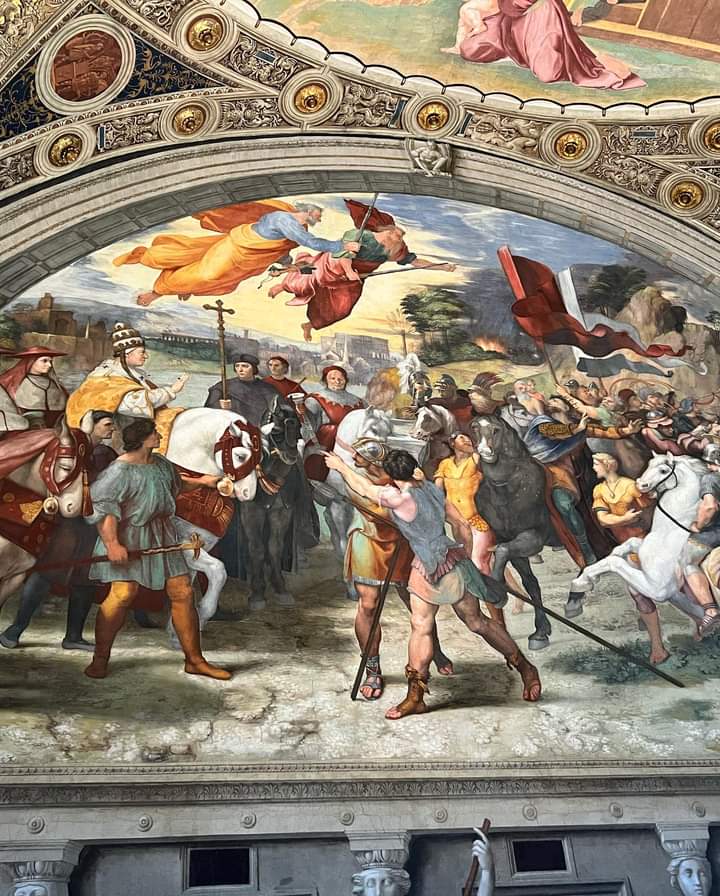





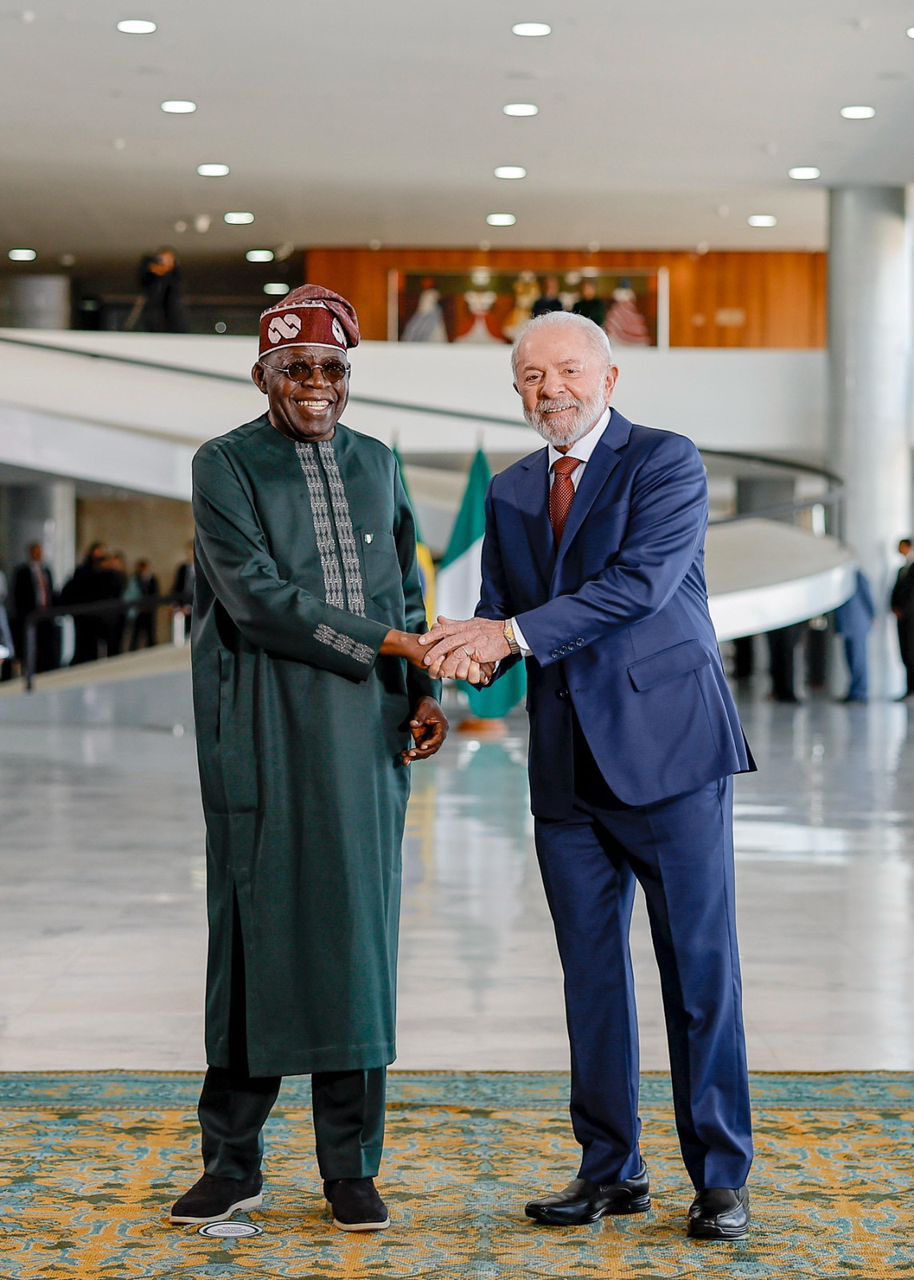

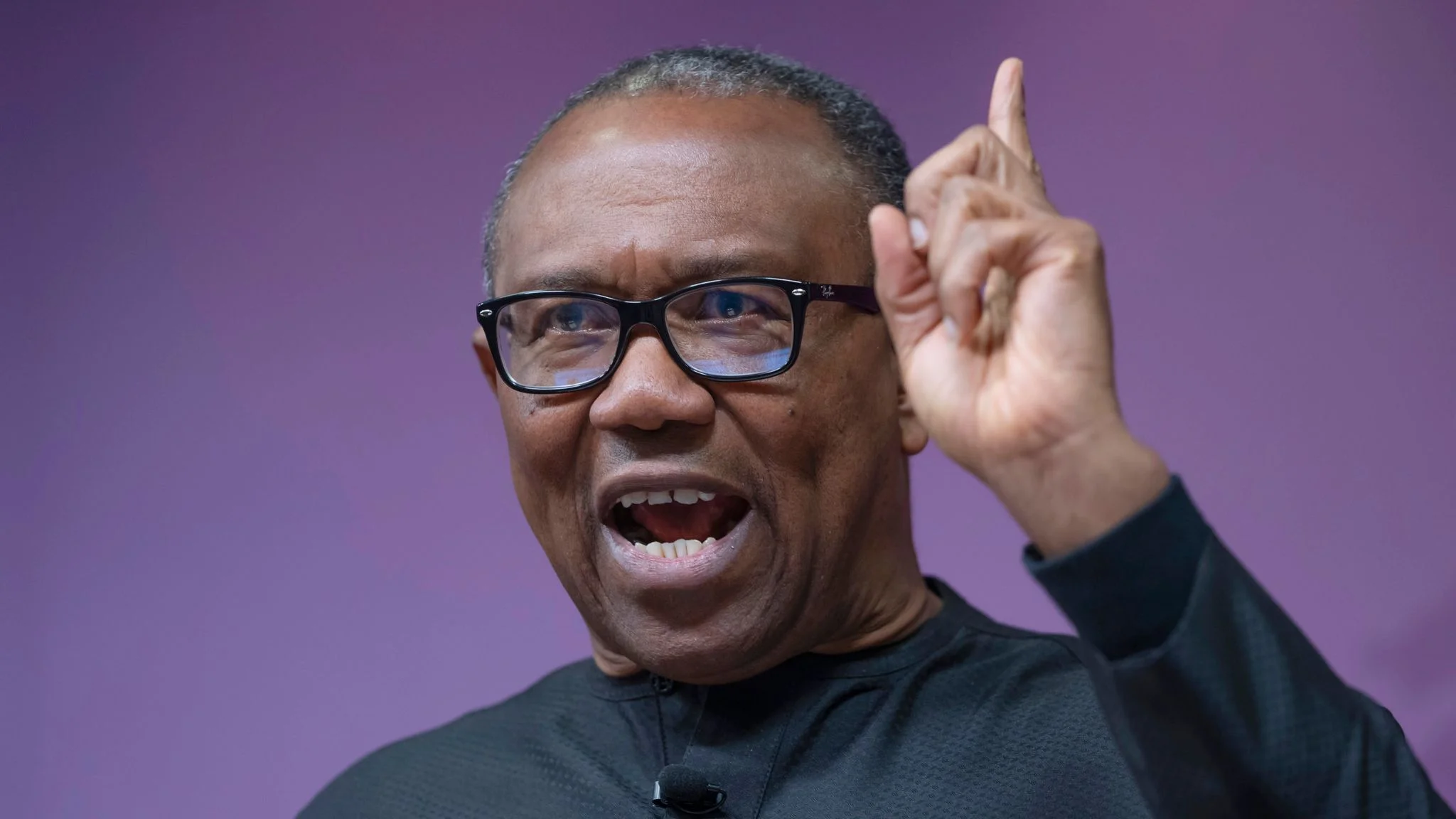
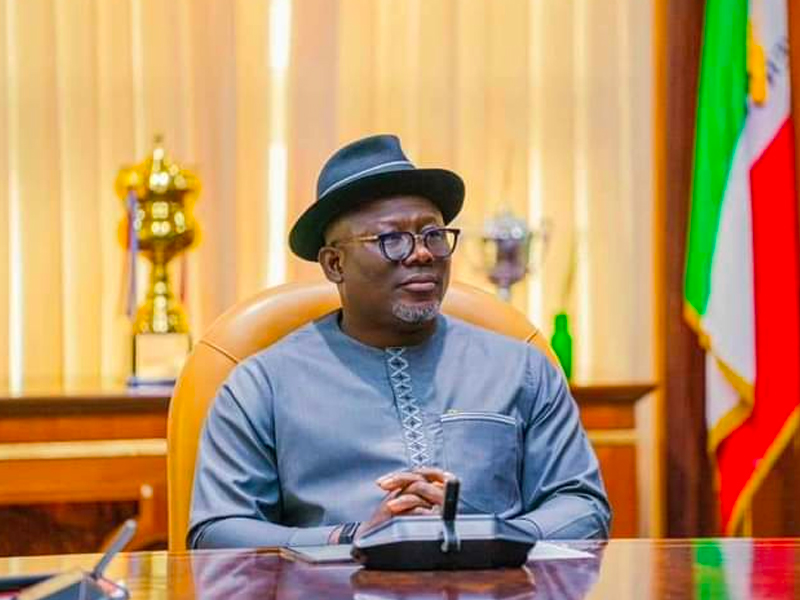
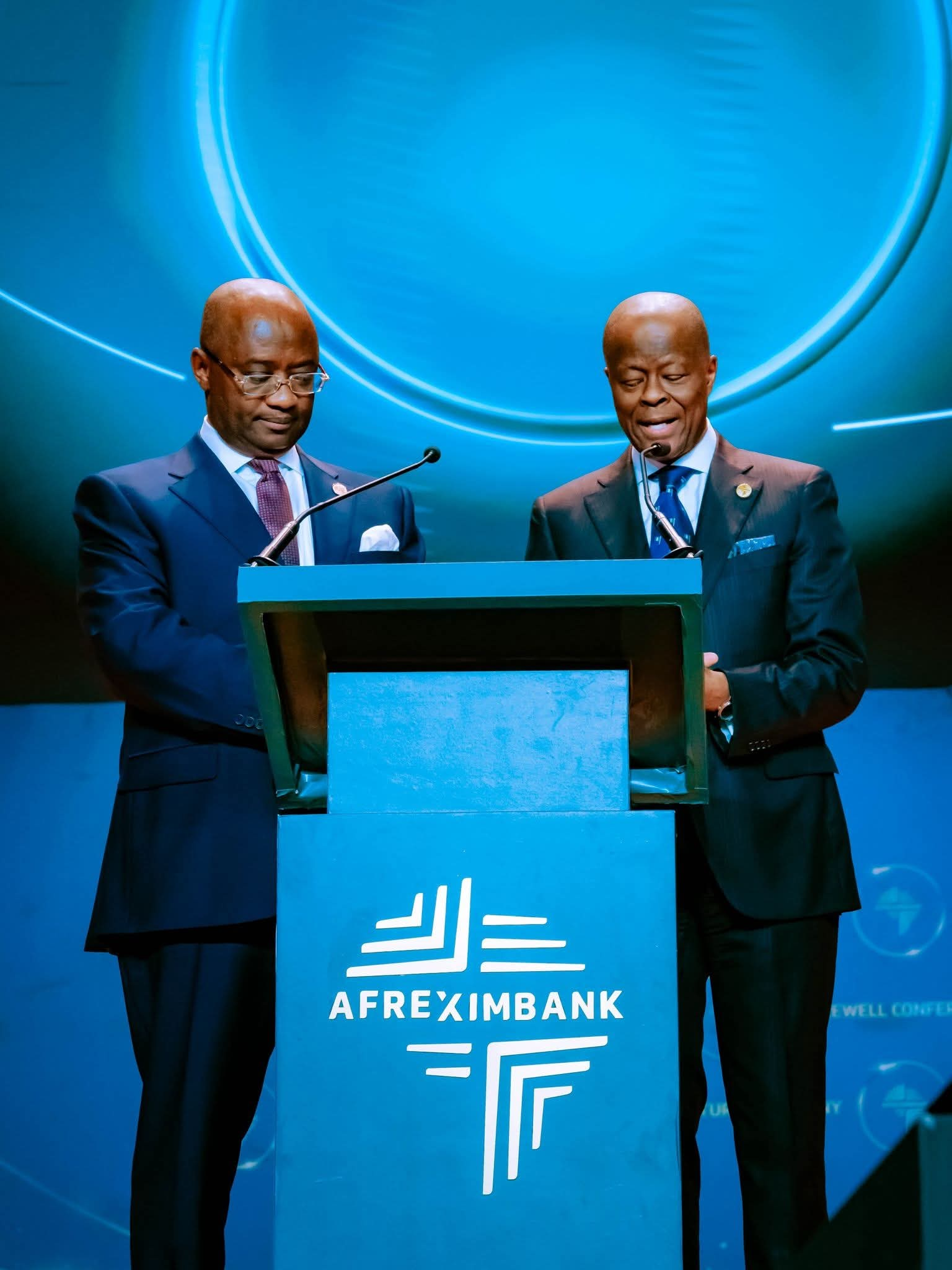
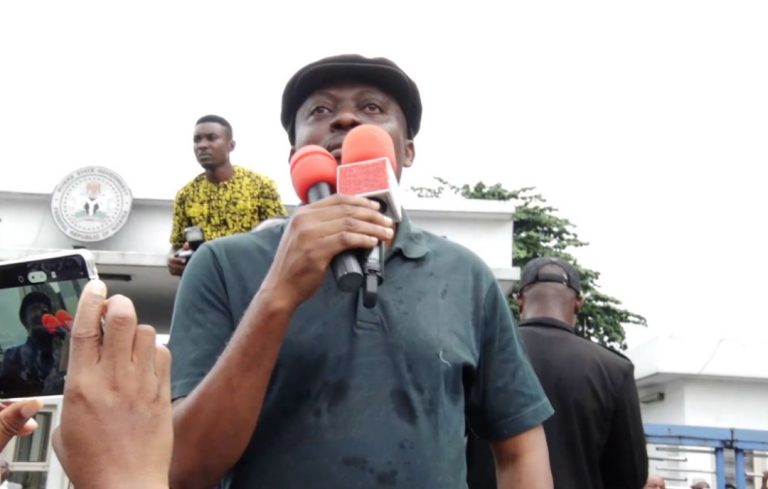
Leave a Reply